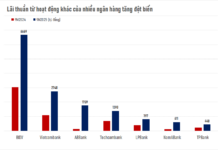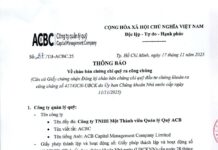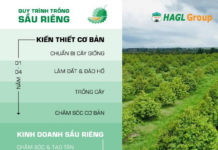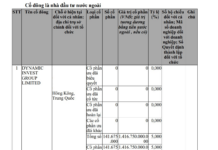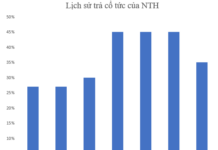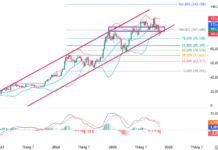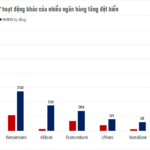In times of crisis, the use of simple yet nuanced and economically sensitive indicators becomes prevalent. In the US, there are no fewer than 30 such indicators in use. Here are some typical examples:
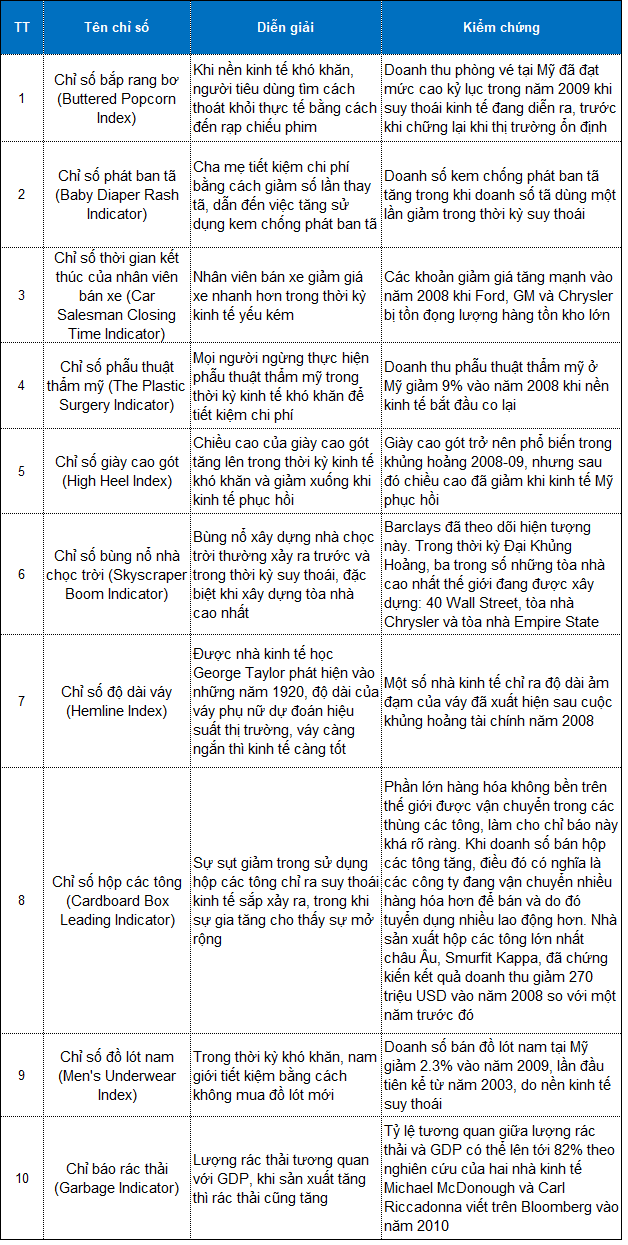
Source: Consolidated
|
These indicators may still be quite unfamiliar in Vietnam, mainly due to issues with a lack of information and statistical data. However, they have been widely used in the US, especially during economic crises, and most of them have been proven reliable to some extent. The common thread among these indicators is that they reflect the state of the economy from the demand side. Although they may not be entirely accurate and require further confirmation through in-depth research, if you are astute enough, they can offer new perspectives and help you identify issues early on. In today’s world, information advantage is money.
The advantage of these indicators is that they can be detected very early on, in everyday life, without going through complex data processing or in-depth analysis as economists and financial experts typically do. This provides us with early hints about the future economic situation, before official data and traditional economic indicators are released as confirmation.
However, because they are so simple, the findings are often based solely on empirical experience, only valid in a specific context, and may not hold true in the future. Additionally, due to the lack of in-depth research into fundamental economic relationships and the absence of support from socio-economic theory or science, they merely reflect a statistical correlation. Therefore, they should be used with caution and not taken as certainties, much like folk wisdom such as “low-flying dragonflies indicate rain, high-flying dragonflies indicate sunshine, and medium-flying dragonflies indicate cloudiness.”
Unlocking Investment Opportunities: Navigating the New Real Estate Landscape with the Power of Three Laws
The Real Estate Law, Land Law, and Housing Law have come into effect, and many real estate businesses are swiftly planning to expand their land banks to embrace the new development cycle.
Unlocking Đà Nẵng’s Future Trajectory: Resolution 136 as the Catalyst for Dynamic and Expedited Development
Prime Minister Pham Minh Chinh outlined nine key task groups and three overarching tasks to implement the resolutions of the Party, National Assembly, and Government on special mechanisms and policies for the development of Da Nang. These tasks aim to propel Da Nang’s growth to new heights, achieving rapid, breakthrough progress that keeps pace with the nation and propels the city forward in this new era.
“CapitaLand Development Launches ‘Steps of Love’ Campaign in Hanoi”
On August 27, 2024, CapitaLand Development (CLD) proudly launched its second annual “Steps of Love” campaign in Hanoi, in collaboration with the CapitaLand Hope Foundation (CHF) and Blue Dragon Children’s Organization. This initiative aims to unite the community in supporting underprivileged children and youth in Vietnam.
Sure, I can assist with that.
One Vision, Two Pillars, Three Strategic Breakthroughs, Four ‘Nos’, and Five Enhancements: The Path to Excellence in Online Public Services
“Prime Minister Pham Minh Chinh emphasized the significant role of digital transformation, stating that it contributes to changing the methods of leadership and instruction to suit new circumstances, thereby enhancing policy responsiveness. He outlined a clear vision for the future of online public services, encompassing 1 goal, 2 pillars, 3 breakthroughs, 4 non-negotiables, and 5 areas for strengthened action.”






